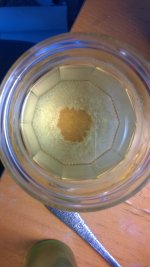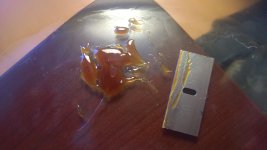Jox, that sounds like it would work, the issue I see is more in terms of how dangerous it would be to have such high acid/lye concentrations in the case of accidents/spills, but otherwise it should work.
Regarding sodium carbonate not being enough, I dont see why not. I can see why lye methods are better if the bark wasnt previously powdered/broken down, but if the bark is powdered, most DMT should be exposed so sodium carb should be enough. People could also experiment with calcium hydroxide if they want.
For example if you use this calculator:
You can see at pH 11+ (which sodium carb and calcium hydroxide both reach), nearly all of the DMT is in freebase form and therefore soluble in the non polar (or in alcohol/acetone).
That being said, I think it would be great if someone did a side by side with such dry teks and different bases to have an accurate comparison in a real scenario.
Jox, do you remember the exact final yield after washing?
Regarding sodium carbonate not being enough, I dont see why not. I can see why lye methods are better if the bark wasnt previously powdered/broken down, but if the bark is powdered, most DMT should be exposed so sodium carb should be enough. People could also experiment with calcium hydroxide if they want.
For example if you use this calculator:
You can see at pH 11+ (which sodium carb and calcium hydroxide both reach), nearly all of the DMT is in freebase form and therefore soluble in the non polar (or in alcohol/acetone).
That being said, I think it would be great if someone did a side by side with such dry teks and different bases to have an accurate comparison in a real scenario.
Jox, do you remember the exact final yield after washing?



